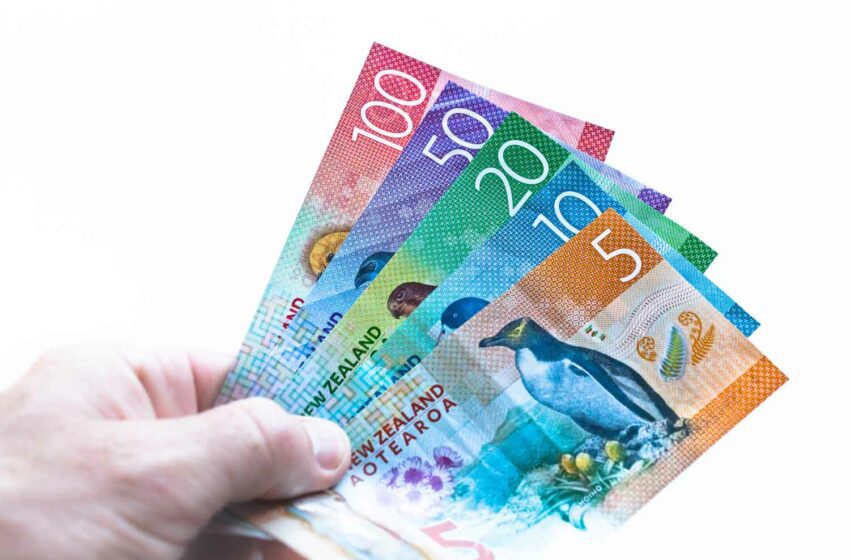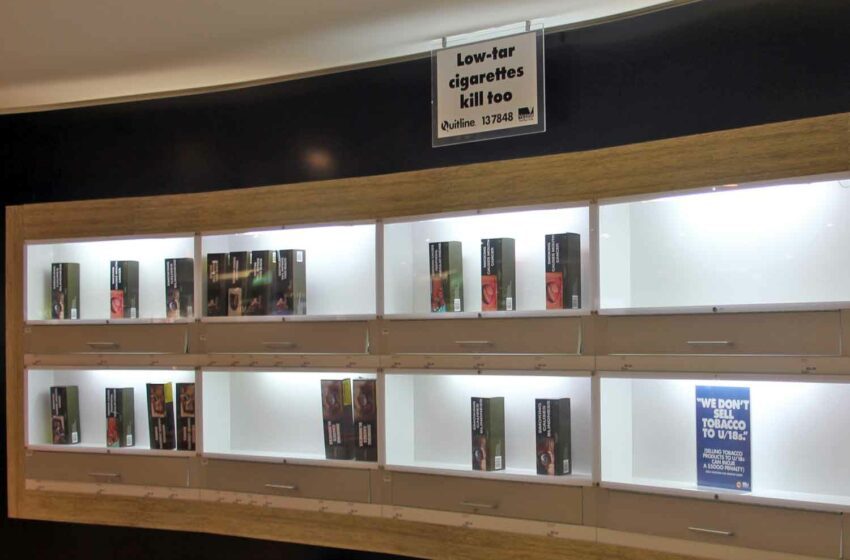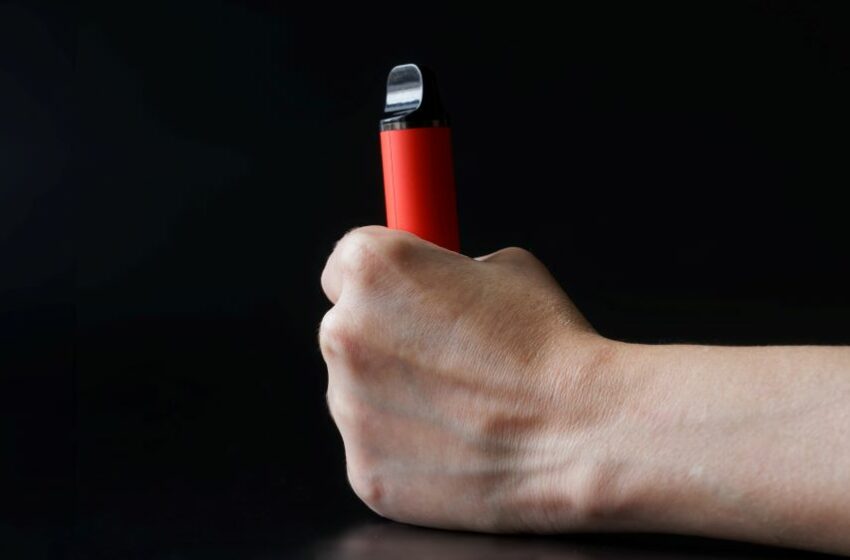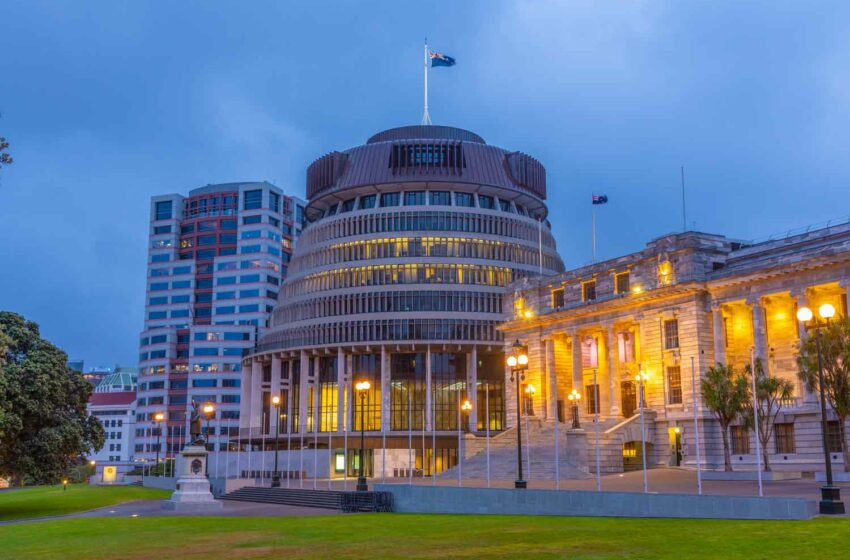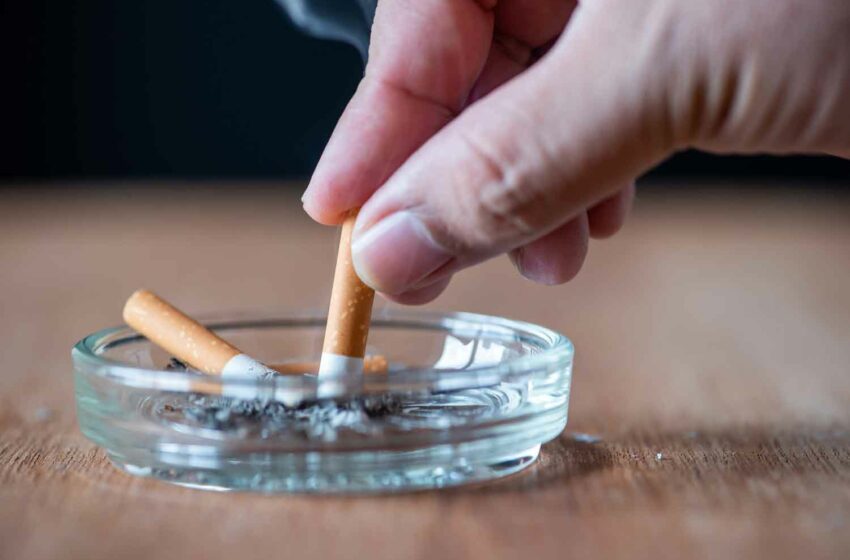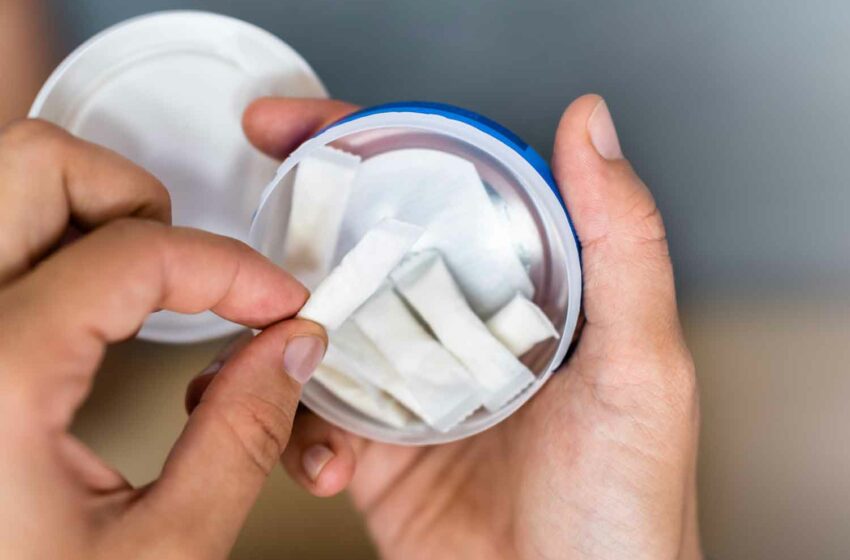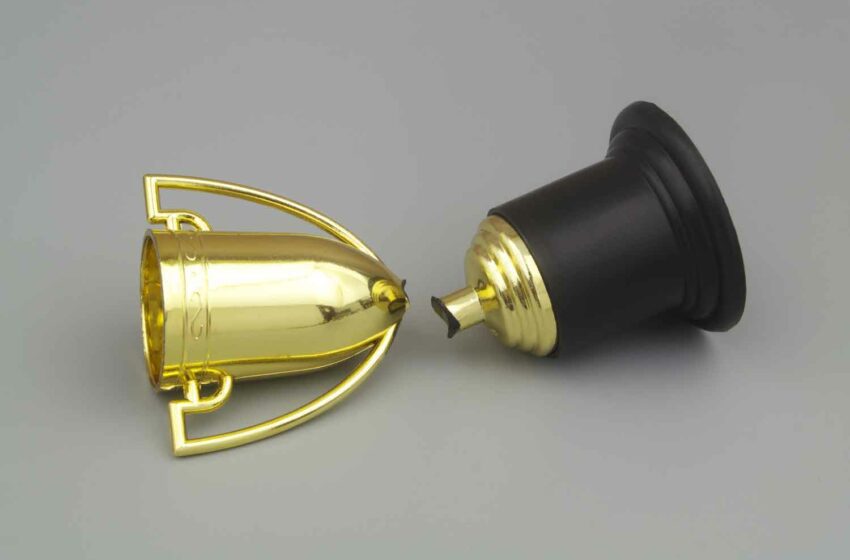The government hopes to make heating products more attractive than cigarettes.Read More
Tags :New Zealand
Regulators should come up with new ways to scare smokers, say researchers.Read More
Also included are higher fines for selling to those underage and review of retailer licensing. Read More
The measure would have banned sales of tobacco to anyone born after Jan. 1, 2009.Read More
Some politicians’ rhetoric is strikingly similar to industry talking points, say activists. Read More
The proposal would make tobacco more accessible in New Zealand, say critics.Read More
But critics worry about vaping, which THR activists credit for the reduced smoking. Read More
New Zealand specialists insist on the ‘complete’ safety of cigarette alternatives. Read More
The decision has tarnished New Zealand's reputation in tobacco control, says SRNT president.Read More
But activists applaud the government’s decision to prioritize harm reduction. Read More
